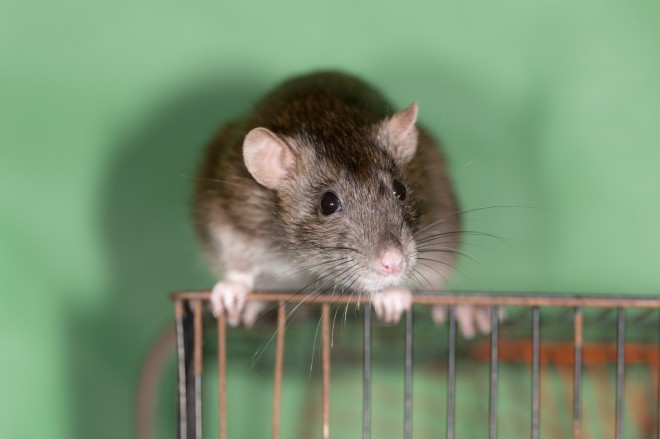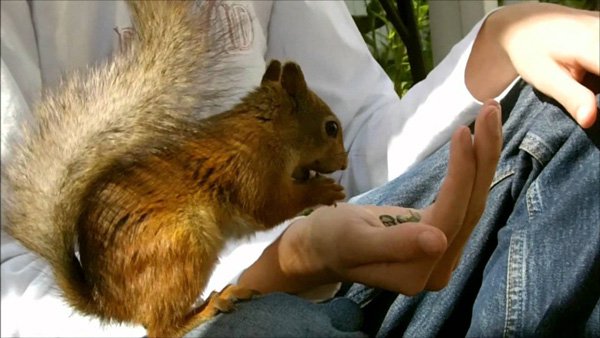

Regardless of the size of your pet, be it a horse or pony or a small caged animal like the rat, it is important to be prepared both mentally and practically for what might happen in an emergency, if your pet became injured or suddenly got ill. This is particularly the case for small caged pets such as rats, which are actually rather fragile animals and for whom a specialist vet, rather than your local all-purpose clinic, may be needed to help you to treat problems.
It is important that if your pet rat became injured or suddenly sick, you would be prepared to take care of them during the first stages, until you can get them to a vet that can help. This means having a specially designed rat first aid kit to hand, as well as a plan of how to proceed if you need help.
In this article, we will look at what you should have in your first aid kit to help you to care for your pet rat, plus investigate some of the scenarios that may arise if things go wrong.
Some of the most common accidents and incidents that can affect pet rats are listed below:
Making up a first aid kit is an important part of caring for your rat, but equally important is knowing what to do in an emergency, and keeping calm. Having a plan of action and some familiar steps to follow can help with this.
Here are the ways in which you should do the background preparation in readiness for a potential rat emergency.
Exactly what goes into your first aid kit is for you to decide, but every rat owner should keep some basics, and know how to use them in an emergency. Your rat carrier can be a handy box for your first aid kit, and this has the added advantage of literally holding everything you will need in the one place ready to go.
The bottom of your carrier should be lined with some newspaper to absorb any fluids, and some soft bedding such as a sheet of Vetbed cut to fit the bottom of the carrier. Try to use light coloured bedding within the carrier, as this will make it easier to see any blood of fluids.
You should also keep some towels or a snuggly blanket with the kit, as a rat that is injured or ill may go into shock, and keeping them warm and comfortable is vital.
Other things you should have in your kit include:
Having a first aid kit and a plan for if you need to use it is vital, but prevention is of course better than a cure! Many emergencies and accidents that may face your rat can be avoided entirely, and so it is worth reviewing your rat’s accommodation, where you let them out of the cage, and how you handle them in an attempt to avoid problems.
Learn from near misses, such as your rat catching their paw in the wire of their cage, or chewing at wires; you will need to change things that may injure your rat, to prevent later problems. Take care over how and where you handle your rat, and never put off making positive changes that may help to keep your pet safe.
 Rabbit Hutches – The Perfect Homes for Your Sweet Little Bunny Pets
Rabbit Hutches – The Perfect Homes for Your Sweet Little B
Rabbit Hutches – The Perfect Homes for Your Sweet Little Bunny Pets
Rabbit Hutches – The Perfect Homes for Your Sweet Little B
 Six Health Essentials That You Should Monitor In Your Kittens First Few Weeks Of Life
Six Health Essent
Six Health Essentials That You Should Monitor In Your Kittens First Few Weeks Of Life
Six Health Essent
 How To Protect Your Dog Against Canine Hepatitis
How To Protect Yo
How To Protect Your Dog Against Canine Hepatitis
How To Protect Yo
 Pet Headstones for Cats
Pet Headstones for Cats
Remember that time whe
Pet Headstones for Cats
Pet Headstones for Cats
Remember that time whe
 Larger Dog Breeds That Make Great Family Pets
Larger Dog Breeds
Larger Dog Breeds That Make Great Family Pets
Larger Dog Breeds
Copyright © 2005-2016 Pet Information All Rights Reserved
Contact us: www162date@outlook.com